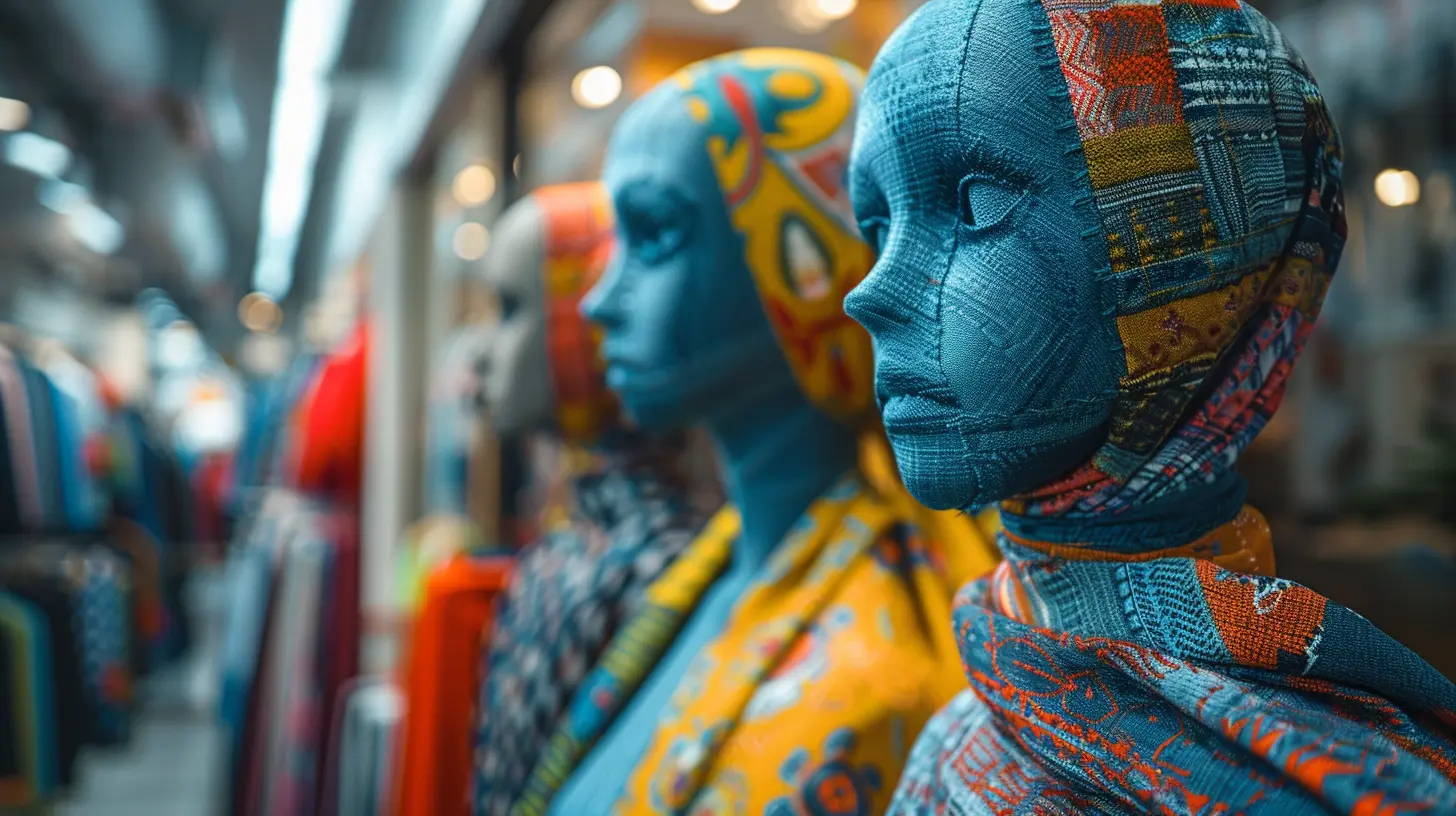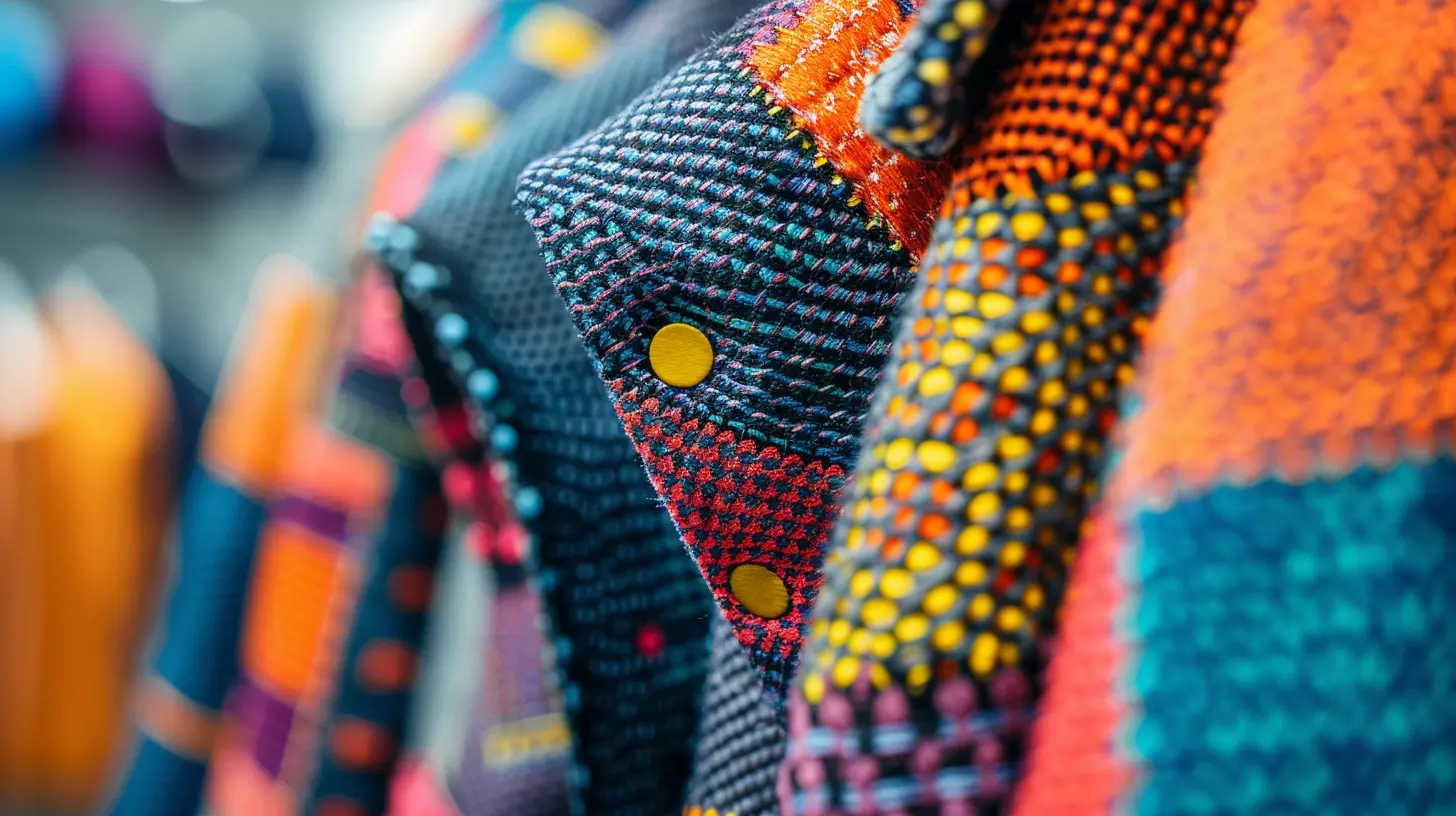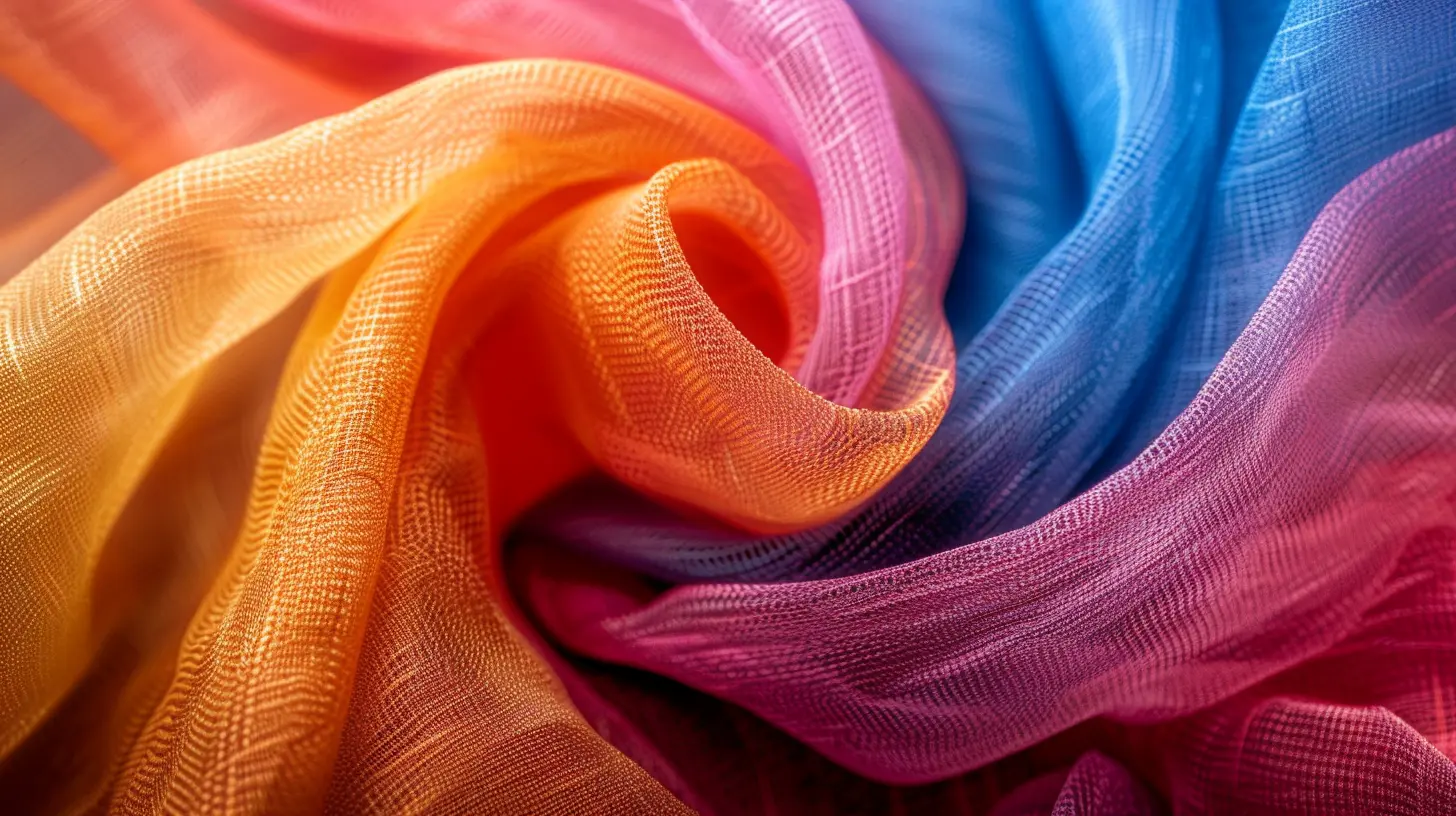The Rise of Smart Fabrics: Merging Fashion and Technology
23 May 2025
Technology has been seeping into every aspect of our lives, and the fashion industry is no exception. From self-lacing sneakers to dresses that change color with a tap on your phone, smart fabrics are reshaping the way we perceive clothing. But what exactly are smart fabrics, and why are they such a big deal?
Well, if you’ve ever wished your clothes could do more than just keep you warm or make you look stylish, you’re in for a treat! This revolutionary merger of fashion and technology is turning everyday garments into high-tech wearables that enhance functionality, convenience, and even health monitoring.
But before we dive into the why and how of it all, let's take a step back and understand what makes fabrics "smart" in the first place.

What Are Smart Fabrics?
In simple terms, smart fabrics (or e-textiles) are textiles embedded with digital components such as sensors, microcontrollers, and conductive threads. These fabrics can react to external stimuli, whether it's body temperature, movement, or even external environmental changes.Imagine wearing a jacket that heats up when it’s cold or fitness leggings that measure muscle activity while you work out. Sounds like something out of a sci-fi movie, right? But this is real, and it’s happening right now.
Smart fabrics can be categorized into two main types:
- Passive Smart Fabrics – These only observe and collect data. They don’t take action but can be useful for monitoring purposes, such as fabric embedded with biometric sensors.
- Active Smart Fabrics – These not only collect data but also react accordingly. Think of a shirt that adjusts its breathability based on your body temperature.

How Smart Fabrics Are Changing the Fashion Industry
Fashion is no longer just about aesthetics—it's about functionality. The integration of smart fabrics is revolutionizing the way we interact with our clothing. Here's how:1. Health and Wellness Monitoring
Imagine if your T-shirt could tell you when you were about to get sick. Some smart fabrics integrate biosensors to monitor heart rate, stress levels, and even hydration. These high-tech garments are particularly useful for athletes who want real-time insights into their performance.For example, Hexoskin manufactures shirts that track cardiac and respiratory activity. This means your clothes might soon replace the need for bulky fitness trackers!
2. Temperature Regulation
Smart fabrics can respond to body heat and adjust accordingly. Have you ever wished your winter coat could keep you warm without making you sweat when you step inside? With phase-change materials (PCM) and thermo-regulating textiles, this is now possible.Brands like Outlast and Columbia are already experimenting with fabrics that adjust their insulation to keep you comfortable in any weather condition.
3. Interactive and Fashion-Forward Tech
Some designers are taking smart textiles to a whole new level by integrating LED lights, color-changing materials, and even shape-shifting fabrics.Take the example of fashion designer Hussein Chalayan, who introduced a collection with garments that transformed shape in real time. Meanwhile, companies like CuteCircuit have created dresses that light up based on user interaction.
This blurs the line between clothing and wearable tech, making fashion more immersive than ever.
4. Sustainability and Eco-Friendly Innovation
Sustainability remains a major concern in the fashion industry, and smart fabrics might be the answer to reducing waste. Some textiles now incorporate self-cleaning properties, reducing the need for frequent washing. Others include biodegradable electronic components to combat e-waste.For example, lab-grown leather eliminates the need for animal-based materials, while bioengineered fabrics infused with bacteria can purify the air around them. Who knew fashion could help save the planet?
5. Enhanced Safety and Protection
Smart clothing is also making waves in industries that require extra safety measures. Fire-resistant smart fabrics, for instance, can provide real-time temperature readings for firefighters.Similarly, motorcyclists and athletes can benefit from impact-detection fabrics that automatically stiffen to prevent injury. Think of it like an invisible shield—except it’s woven into your clothes!

Challenges of Smart Fabrics
While smart fabrics sound like the perfect blend of fashion and technology, they come with their fair share of challenges.1. Durability and Washability
When you add electronics to fabrics, washing them becomes a major concern. Nobody wants a high-tech T-shirt that stops working after a single cycle in the washing machine. Researchers are working on making smart fabrics more durable, but it’s still a work in progress.2. Affordability
Let’s face it—high-tech fashion isn’t cheap. At the moment, most smart clothing is still relatively expensive due to the cost of integrating technological components. However, as the industry advances, we can expect more affordable versions to hit the market.3. Privacy and Security
With sensors embedded in clothing, there are questions about data privacy. If your gym shirt tracks your heart rate and movement, who has access to that data? Ensuring user privacy is a big challenge that companies need to address.4. Energy Consumption
Many smart fabrics require a power source to function, which means dealing with built-in batteries or external charging units. The key challenge is developing energy-efficient solutions that don’t compromise comfort or convenience.
The Future of Smart Fabrics
Despite the challenges, smart fabrics have an exciting future ahead. As technology advances, we can expect even more innovation in this space. Some possibilities include:- Seamless Charging Clothing – Imagine charging your phone simply by putting it in your pocket. Smart textiles could soon incorporate wireless charging capabilities.
- Smart Fabrics in Medicine – Clothing that monitors blood sugar levels for diabetics or sends alerts for irregular heart rhythms could revolutionize healthcare.
- Clothes That Adapt to Your Mood – What if your shirt could sense your emotions and adjust colors accordingly? It might sound like magic, but with AI integration, it could become a reality.
The bottom line? The fusion of fashion and technology is only getting started, and smart fabrics are leading the charge.
Final Thoughts
Smart fabrics are not just about looking cool—they’re about making life easier, more interactive, and even healthier. While there are still obstacles to overcome, the potential is enormous.Fashion has always been a form of self-expression, and now, with smart fabrics, it’s becoming a medium for innovation. As technology continues weaving itself into our wardrobes, one thing is certain: the future of clothing is smarter than ever!
all images in this post were generated using AI tools
Category:
Tech TrendsAuthor:

Gabriel Sullivan
Discussion
rate this article
3 comments
Paul Kearns
Smart fabrics? Finally, fashion can keep up with my tech-savvy lifestyle. Who knew style could be this snazzy?
June 5, 2025 at 4:26 AM

Gabriel Sullivan
Absolutely! The fusion of smart fabrics with fashion is a game-changer, making style both innovative and practical. Exciting times ahead!
Zarenith Alvarez
Smart fabrics are revolutionizing the fashion industry by integrating technology into clothing. This innovation not only enhances functionality and comfort but also opens new avenues for personalized style and health monitoring, shaping the future of wearable tech.
May 30, 2025 at 12:57 PM

Gabriel Sullivan
Thank you for your insightful comment! Indeed, smart fabrics are redefining fashion by combining technology with style, enhancing both functionality and personal health in exciting ways.
Tank McLaurin
Exciting times ahead! The fusion of fashion and technology in smart fabrics opens endless possibilities for creativity and innovation.
May 29, 2025 at 3:25 AM

Gabriel Sullivan
Absolutely! The synergy between fashion and technology in smart fabrics is indeed a thrilling frontier for innovation and creativity. Thank you for sharing your enthusiasm!



